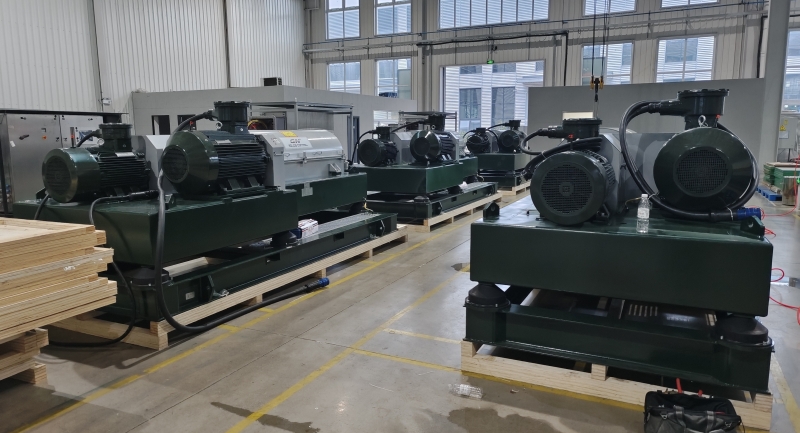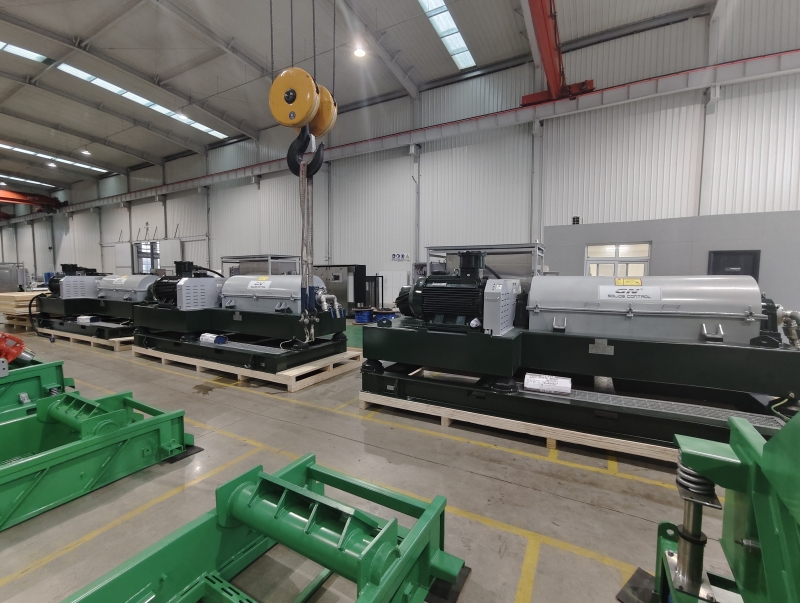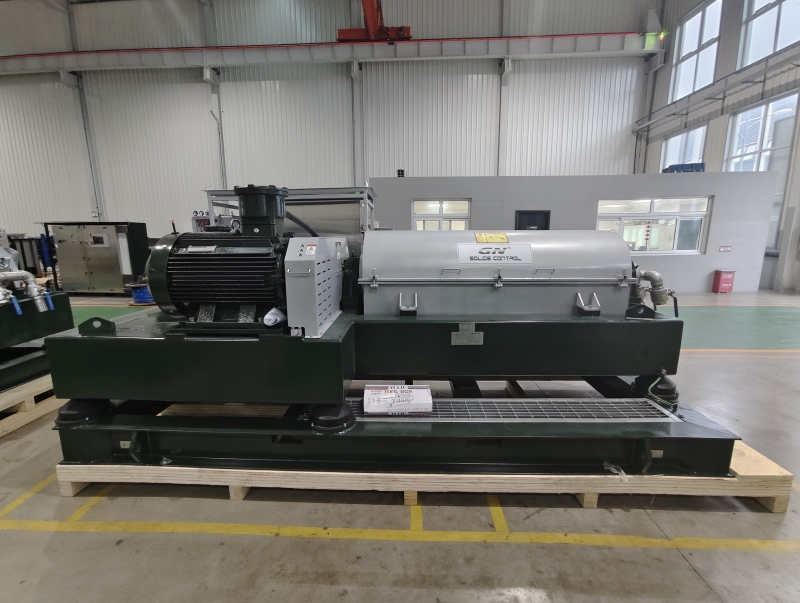GN Solids Control, a leading provider of industrial separation solutions,today announced that its latest model of three-phase decanter centrifuge,GNLWS364, has been officially sold to domestic environmental protection companies. This type of decanter centrifuge, with its excellent three-phase separation technology, provides efficient and environmentally friendly separation solutions for various industries including oil refining, food processing, and biofuel production.

The GNLWS364 model three-phase decanter centrifuge employs advanced centrifugal separation technology, capable of effectively separating three-phase materials—solids, liquids, and liquids—under the influence of centrifugal force. This technology is particularly suitable for processing materials with different densities, ensuring high efficiency and purity in separation.

The three-phase decanter centrifuge has a wide range of applications, including but not limited to the separation of oil from oily sludge in oil pools in refineries, extraction of animal and vegetable oils, separation of wheat starch and gluten for starch manufacturing, separation of oil, water, and solids, processing of coal tar, production of biofuels, preparation of lubricating oil additives, and extraction of fats from meat/poultry/fish (edible and inedible oils; yellow, white, and brown fats).

The introduction of the GNLWS364 model three-phase decanter centrifuge not only enhances GN Solids Control’s competitiveness in the field of industrial separation equipment but also provides strong technical support for domestic environmental protection companies, helping them to achieve greater breakthroughs in the fields of environmental protection and resource recycling.























